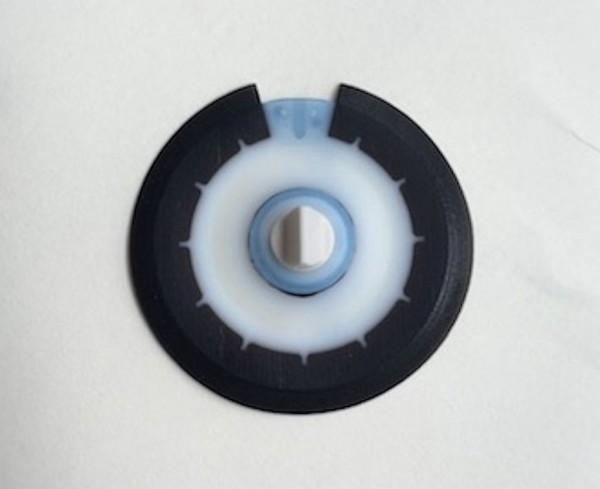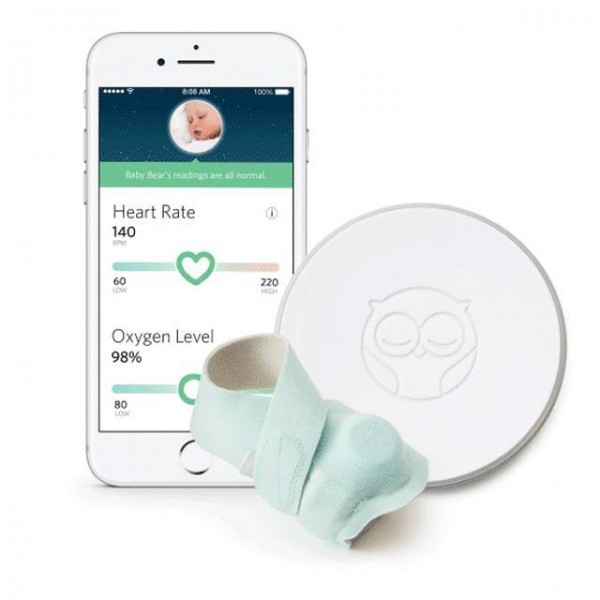The best baby gadgets available right now were all built by first-time parents
Curated from MIT Technology Review
Cribs. Strollers. Onesies. Bacteria-trapping bottle valves?
Baby gear may not seem like a dynamic technology sector, but each year engineers, scientists, doctors, and designers introduce gadgets that aim to make caring for newborns and infants safer, more efficient, and less messy. Often, the creators are first-time parents who grow frustrated with existing gear and invent their own solutions.
Here are some of the smartest baby gadgets that launched in 2017—all designed by entrepreneurial parents.
aLoo Bacteria-Reducing Bottle Valve

Breastfeeding mothers are always worried they won’t produce enough milk for their infants. But saving pumped breast milk and reusing it from one feeding to the next is tricky, since babies can contaminate an entire bottle with their saliva just by taking a single sip. aLoo is the first device that prevents contamination from baby backwash. The disc-shaped, plastic-and-metal valve fits inside a baby-bottle cap and allows milk to flow to the baby but keeps saliva from permeating the bottle’s main chamber, so parents can save the unconsumed milk and serve it later.
PopYum Formula-Making Baby Bottle

Parents who feed their babies formula have their own concerns, among them how to keep an eye on their children while mixing specific ratios of powder and water. PopYum bottles solve this issue by stashing powdered formula in their top section, water in their bottom, and allowing caregivers to combine the two by squeezing the middle portion. The design enables the formula ingredients to be stored in one device—handy for travel—and mixed with one hand (simply squeeze and shake). And since the mixture is blended when needed, rather than ahead of time, it doesn’t need to be refrigerated prior to feeding.
Owlet Smart Sock 2

Most baby monitors use audio and video to detect whether newborns and infants are moving, crying, or in any type of distress. Owlet goes a step further to track babies’ heart rates and oxygen levels via a “smart sock” powered by a sensor, battery, and Bluetooth connectivity. Parents attach the fabric sock to their baby’s left or right foot using Velcro straps and connect it to a mobile app to view stats in real time. The sock also transmits information to a base station that emits alerts if the baby’s vital signs drop below a certain threshold. While the basic Owlet idea isn’t new—the original model debuted in 2015—the 2017 “Smart Sock 2” model fits more securely, transmits data over greater distances, and links wirelessly to a “Connected Care” iOS app that lets parents view historical information, such as their babies’ sleep patterns and average heart rate over the course of a day.
Willow Wearable Breast Pump
Though breast pumps are crucial for many new mothers, the gadgets seemed to be stuck in a time warp for several decades. No longer—several entrepreneurs launched new designs in the past year alone. One of the most promising is Willow, which liberates nursing mothers from the cumbersome external tubes, cords, and dangling bottles attached to most breast pumps. Instead, Willow built the pump apparatus and bag for collecting milk into a cup-shaped device that fits inside a bra, which allows women to move freely while pumping. A corresponding iOS app lets them monitor how much milk they’re expressing and track other metrics, such as the length and output of past pumping sessions.
